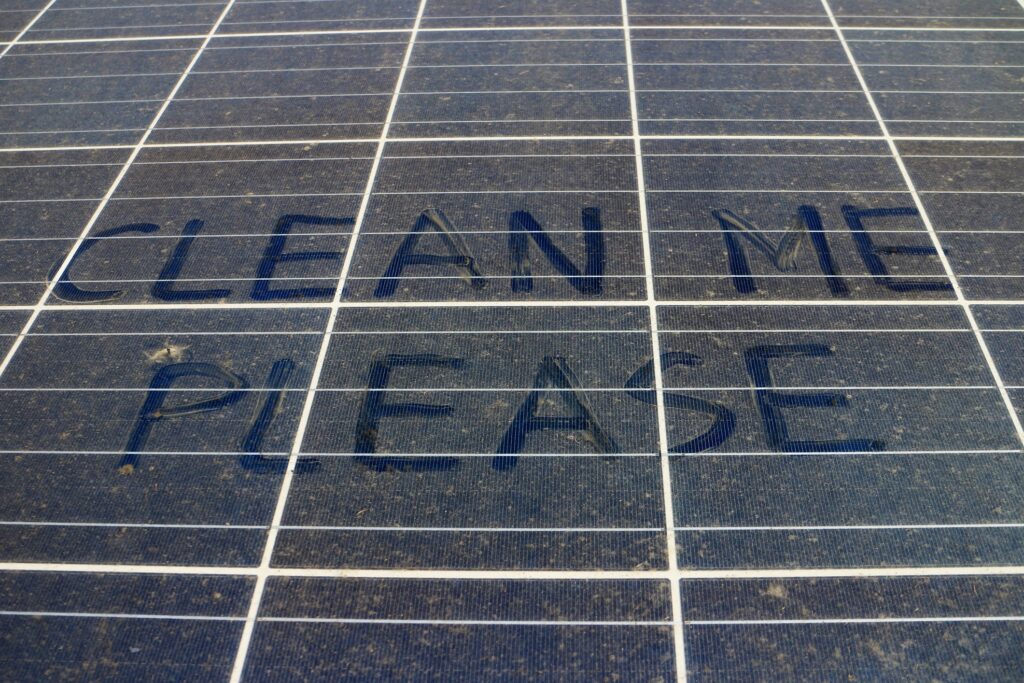After the installation of photovoltaic modules, many people want to produce the energy they calculated before the installation, but they encounter different results than they expected. In some cases, photovoltaic modules do not meet the expected power generation capacity.

So why are photovoltaic modules failing to meet the expected power generation? The reasons could be the following:
1. The light intensity may not be sufficient. The photovoltaic module reaches its maximum power under standard conditions of 1000W/m2 light intensity, 1.5 atmospheric pressure and 25 °C temperature.
2. The photovoltaic module itself may be defective, leading to power loss due to system failures.
3. The power of the photovoltaic module may not match the appropriate power of the module.
4. The operating temperature of the photovoltaic module has a significant impact on the output power, and excessive operating temperature can lead to power loss.
5. When you do not clean the debris such as dust, leaves on the surface of the photovoltaic module in time, the illumination received by the module will be reduced and eventually affect the power generation of the module.
All these reasons can affect the power output of photovoltaic modules. You can solve the problem of lower than expected power generation of photovoltaic modules with the following recommendations
- When purchasing a photovoltaic system, try to choose as high quality and reliable photovoltaic module as possible, so that you can reduce the failure rate and ensure the maximum output power of the module.
- Module power should be considered when selecting photovoltaic modules. If more power generation is required, higher power modules should be matched accordingly.
- Attention should be paid to control and maintain the operating temperature of photovoltaic modules, and attention should be paid to the ventilation and heat dissipation of photovoltaic modules, so that the module is not affected by excessive operating temperature.
- Regularly check the cleanliness of the component surface (once a month) and clean it regularly. Pay attention to the cleanliness of the component surface during cleaning, to avoid residual dirt and blockages. The cleaning time should be selected in the morning and evening when there is no sunlight.
- After finding the appropriate installation direction and angle for the photovoltaic module and installing it correctly, everyone needs to test the irradiation of the current module position using the solar radiation meter and repeatedly adjust the position with the highest solar irradiation.
At the same time, attention should be paid to the use of this method in different seasons, and timely adjustment of the position and angle of the components according to the actual situation is important to ensure that the power generation of the components is maximized.